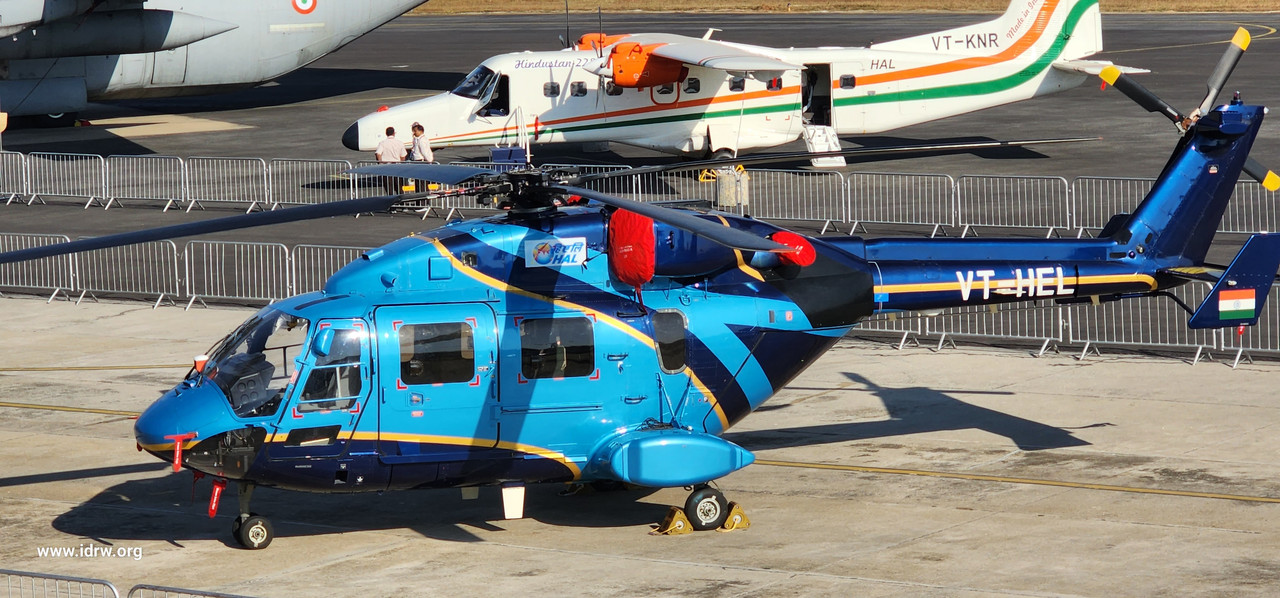SOURCE: IDRW.ORG


Hindustan Aeronautics Limited (HAL) has faced significant challenges in attracting private sector interest for the indigenous Advanced Light Helicopter (ALH) Dhruv (Civil version) through its Transfer of Technology (ToT) initiative. Despite HAL’s offer to allow potential Indian private companies to manufacture the helicopter, the plan has failed to garner any traction, reflecting broader concerns about the market viability of the Dhruv’s civil version.
The primary reason for the lack of enthusiasm from private sector players stems from HAL’s inability to secure substantial commercial orders for the ALH-Dhruv (Civil version). While HAL has successfully manufactured nearly 400 units of the ALH-Dhruv for the Indian Armed Forces—including the Indian Army, Indian Air Force, Indian Navy, and the Indian Coast Guard—the civil variant has struggled to meet the standards required for widespread civilian use.
One major factor holding back private sector interest is the lack of additional safety features needed to comply with civilian standards. While the ALH-Dhruv is a highly capable helicopter for military purposes, it lacks key certifications that civilian operators require. In particular, the helicopter’s Shakti engine, developed jointly by HAL and France’s Safran, still requires civilian certification, which is a critical element for operating the helicopter in commercial environments. Without this certification, private companies are hesitant to invest in manufacturing lines for a helicopter that may not meet all regulatory requirements.
Another significant hurdle is the preference among civilian helicopter operators in India for foreign-made helicopters. Global manufacturers dominate the civil helicopter market in India, offering models that come pre-certified, with proven performance records in civilian sectors across the world. This established preference for foreign helicopters makes it difficult for HAL to pitch the Dhruv (Civil version) as a viable competitor.
Investing in a production line for the ALH-Dhruv (Civil version) also represents a substantial financial risk for private companies. Establishing a manufacturing setup could cost several crores, and without a strong market demand or guaranteed customers, this investment would be seen as a high-stakes gamble. For private sector companies, this risk is compounded by HAL’s struggle to attract significant civilian buyers for the Dhruv, making it even less appealing as a business venture.
Recently, HAL secured a tender to supply 10 units of the ALH-Dhruv (Civil version) to Pawan Hans Limited, a central public sector transport service. This contract, however, was reportedly influenced by pressure from the Indian government, rather than being a result of organic market demand. Pawan Hans Limited has operated government helicopters for years, and the purchase can be seen as part of a broader push to support indigenously developed technologies.
While the Pawan Hans deal offers some relief to HAL, it does not signify a shift in the market’s overall perception of the civil Dhruv. The helicopter still lacks the necessary certifications, and its limited market presence compared to foreign models means that the private sector remains largely uninterested in committing to its production.
NOTE: Article cannot be reproduced without written permission of idrw.org in any form even for YouTube Videos to avoid Copyright strikes. Websites doing illegal reproductions will get DMCA and Legal Notices.